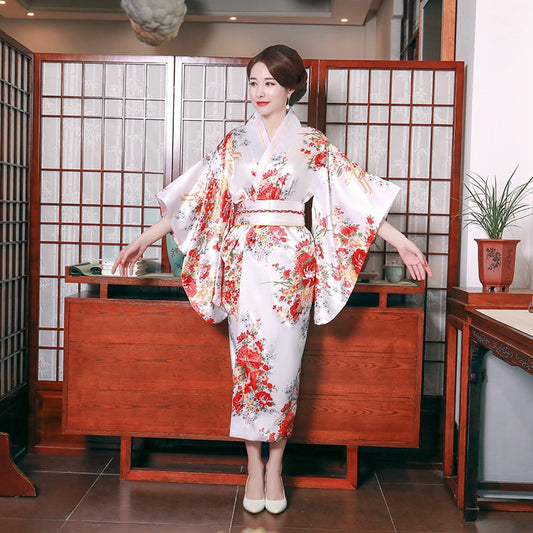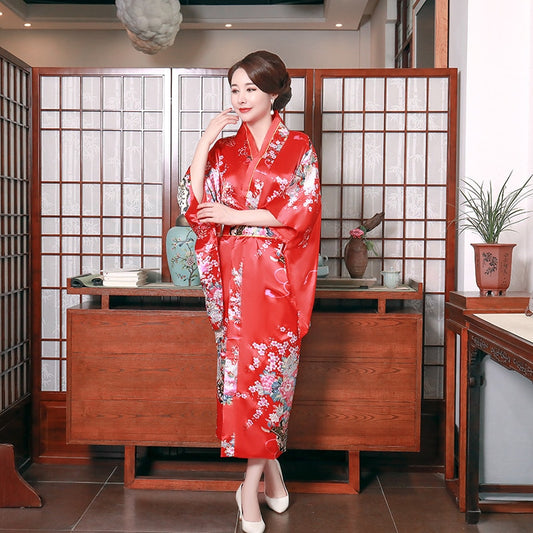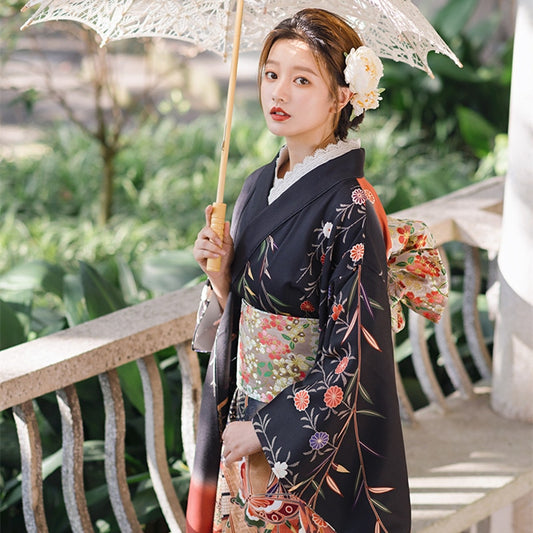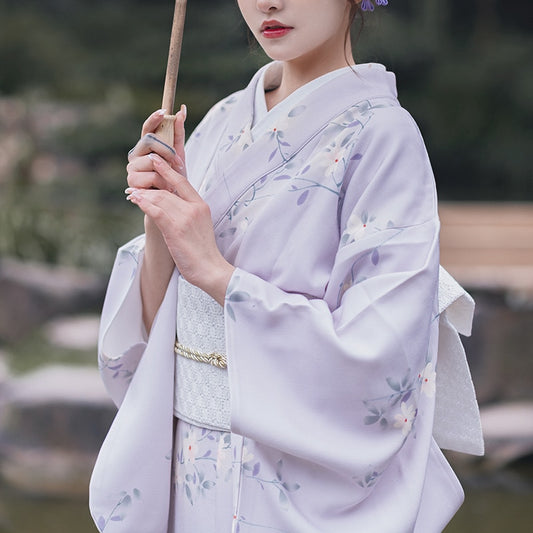-
Japanese Kimono Festival Dress
Regular price $85.99 USDRegular priceUnit price per$223.99 USDSale price $85.99 USDSale -
Japanese Kimono Multicolour
Regular price $85.99 USDRegular priceUnit price per$223.99 USDSale price $85.99 USDSale -
Long Sleeve Kimono Set
Regular price From $180.99 USDRegular priceUnit price per$452.99 USDSale price From $180.99 USDSale -
Traditional Japanese Kimono Festivals
Regular price From $168.99 USDRegular priceUnit price per$422.99 USDSale price From $168.99 USDSale -

 Sale
SaleKimono Partywear
Regular price $165.99 USDRegular priceUnit price per$414.99 USDSale price $165.99 USDSale -
Japanese Kimono Sleepwear
Regular price $50.99 USDRegular priceUnit price per$132.99 USDSale price $50.99 USDSale -
Japanese Satin Kimono
Regular price $85.99 USDRegular priceUnit price per$223.99 USDSale price $85.99 USDSale -
Traditional Kimono Dance Costumes
Regular price $180.99 USDRegular priceUnit price per$470.99 USDSale price $180.99 USDSale -
Traditional Kimono Butterfly Prints
Regular price $180.99 USDRegular priceUnit price per$470.99 USDSale price $180.99 USDSale -
Traditional Floral Kimono
Regular price $165.99 USDRegular priceUnit price per$414.99 USDSale price $165.99 USDSale -
Kimono Beautiful Yukata
Regular price $180.99 USDRegular priceUnit price per$452.99 USDSale price $180.99 USDSale -

 Sale
SaleKimono Party Dress
Regular price From $52.99 USDRegular priceUnit price per$132.99 USDSale price From $52.99 USDSale -
Traditional Kimono Partywear
Regular price $210.99 USDRegular priceUnit price per$548.99 USDSale price $210.99 USDSale -

 Sale
SaleKimono Female Yukata
Regular price $195.99 USDRegular priceUnit price per$509.99 USDSale price $195.99 USDSale -
Japanese Cosplay Kimono
Regular price $205.99 USDRegular priceUnit price per$514.99 USDSale price $205.99 USDSale -
Kimono Sakura Pattern
Regular price $210.99 USDRegular priceUnit price per$527.99 USDSale price $210.99 USDSale -

 Sale
SaleModern Plain Kimono
Regular price $164.99 USDRegular priceUnit price per$412.99 USDSale price $164.99 USDSale -
Traditional Tokyo Kimono
Regular price $165.99 USDRegular priceUnit price per$289.99 USDSale price $165.99 USDSale -
Fashion Kimono Traditional
Regular price $155.99 USDRegular priceUnit price per$389.99 USDSale price $155.99 USDSale -
Traditional Kimono Party Wear
Regular price $135.99 USDRegular priceUnit price per$339.99 USDSale price $135.99 USDSale
See Our Other Best Selling Products Also
-

Hanten - The Japanese Hanten Jackets or Hanten Coats
What is a Japanese Hanten Jacket? The Hanten jacket, also known as...
-

Buy a Haori - Traditional Japanese Haoris - Upto 50% OFF
Haori (羽織) is traditional Japanese Kimono-styled jacket with no collars, and broad sleeves. They...
-

Kimono - Traditional Japanese Kimono Dresses
What is a Kimono Dress? Kimono Dress is a Traditional Japanese Dress...













































